Why do the atomic weights on the periodic table keep changing? Kit Chapman meets the team behind the decimal places
-
Atomic weights are not fixed: Contrary to popular belief, atomic weights on the periodic table are not constants. They are regularly updated by Iupac’s Commission on Isotopic Abundances and Atomic Weights to reflect the latest scientific understanding of isotopic compositions.
-
Precision matters: Advances in mass spectrometry and isotope measurement have led to increasingly precise atomic weights. These refinements are crucial for defining SI units like the kilogram and kelvin, which depend on accurate atomic and molecular data.
-
Scientific and practical balancing act: The commission must weigh new data against historical measurements, assess uncertainties and decide how to present atomic weights in a usable form. Some elements now have ranges or footnotes due to natural isotopic variation.
-
Ongoing evolution: The periodic table is a dynamic scientific tool. With continuous research and technological improvements, updates to atomic weights and even the table’s structure are expected to continue indefinitely.
This summary was generated by AI and checked by a human editor
It’s easy to think the periodic table never changes. It’s found on the wall of every lab and science classroom in the world. It’s a guide to the building blocks of matter, and they aren’t known to change over time. But nothing could be further from the truth. The periodic table is the ultimate living document of chemistry – and its updates happen more often than even most chemists realise.
‘People always think that the current version of the periodic table is the same one they had in their textbooks,’ explains Johanna Irrgeher, associate professor at the University of Leoben, Austria. ‘But its numbers are not constants – especially the atomic weights. It’s dynamic, the numbers aren’t stable. And people have no idea how these changes relate to their lives, and the future, even if they know the periodic table is substantial.’
The current periodic table just represents the best of our current knowledge. And, as the chair of the International Union of Pure and Applied Chemistry (Iupac) commission on isotopic abundances and atomic weights, Irrgeher is a key part of making sure that understanding is reflected in chemistry’s talisman.
Matter of fact
The periodic table has already evolved radically since Dimitri Mendeleev’s design in 1869. This isn’t just down to discovering new elements, changing names or refining atomic measurements; the entire layout of the table has moved as our knowledge has expanded. For instance, Mendeleev wasn’t convinced that the noble gases existed, and was initially doubtful when they began to appear thanks to the discovery of helium and the work of William Ramsay. Similarly, in the 1930s the actinoids occupied the seventh row of the periodic table, instead of their current place in the f-block with the lanthanoids; it was only through the work of scientists led by Glenn Seaborg at the University of California, Berkeley, that it was realised they belonged as a separate series. The seventh row of the periodic table wouldn’t be completed until the 2015.
Almost every SI unit has been affected at one point or another through better isotope measurements
Juris Meija, National Research Council of Canada
These arguments about the table’s design are far from over, too. ‘There are so many changes happening,’ says Juris Meija, a senior research officer at the National Research Council of Canada and the past chair of the Iupac commission. ‘Even the actual shape of the table changes. About 10 years ago, there was a big kerfuffle about where yttrium and scandium belonged, where does group 3 start [and which pair of actinoids and lanthanoids belong in the group]? And the outcome of an entire Iupac project was that no one could really agree.’ The debate around group 3 continues even now; it’s why, diplomatically, the official Iupac table keeps the lanthanoids and actinoids separate from the main table, and leaves a hole in the periodic table waiting for either lanthanum and actinium, or lutetium and lawrencium, to claim their place. An even greater change is likely to come if element 121 is discovered, given it would theoretically start a g-block of electron subshells, meaning its position on the table – assuming it follows the trends of periodicity at all – could be somewhere entirely new.
But while these changes are on a grand scale, the commission’s focus is on a smaller, but no less important task: ensuring the atomic weights of the elements reflect the latest knowledge around isotopes.
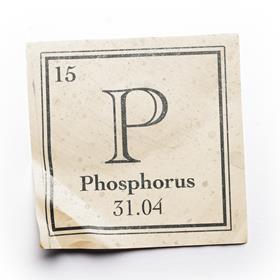
As elements have different isotopes, with a varying number of neutrons, that occur in different amounts naturally, it means you must account for these variations when deciding an element’s official (Iupac calls it ‘standard’) atomic weight. For example, while carbon-12 is the most abundant isotope, small amounts of heavier isotopes, such as carbon-13, mean its real-world atomic weight is around 12.011.
‘A high school lab is happy with hydrogen atom equalling an atomic weight of one. But when [Nobel prize winning chemist] Francis Aston started doing the very first isotopic ratio measurements, in the 1920s, he found that it’s 1.008. And that 0.008 is significant as this small excess in mass suggested to Aston that hydrogen atom stores an immense amounts of energy. Indeed, each next decimal digit is where new science begins. So, we need to figure these numbers to pave a way for future discoveries.’
Ratio concerns
As isotopic ratios are measured and reassessed, the committee updates the periodic table accordingly. This requires a careful balancing act between the practical and pedantic, Irrgeher explains. ‘We always need to make sure that people can use the numbers that are being presented, and they’re presented in a suitable form. Our core mission is to meet global needs.’
This has resulted in the latest version of the periodic table, from 2022, where the majority of elements have error bars for their atomic weights; some are measured down to a single decimal place, while others are accurate up to four places. It’s a level of precision that probably won’t be useful for most chemists. But the Commission must think about a far greater picture.
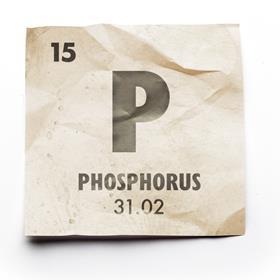
‘It’s a question of scale and consequence,’ explains Steve Liddle, an expert in actinide chemistry at the University of Manchester, UK. ‘Weighing out beyond a few decimal places may not make much difference on a gram scale, but if you’re operating on a megaton scale, any difference will be magnified to significant quantities. Alternatively, if you’re working on a very small scale, any difference could constitute an error that is a large proportion of the quantity being considered.’
Isotopic ratios have had huge implications for just about every research discipline for more than 100 years. In the early 20th century, the red light emitted by cadmium lamp was among the most reliable standards for length measurement. Unfortunately, isotopes hadn’t been discovered, and it was later found that each cadmium isotope has a slightly different wavelength, resulting in the method having to be abandoned in favour of single isotope light sources. It’s why even seemingly fixed SI units such as the metre aren’t necessarily as certain as we think; they all change thanks to chemistry.
In nuclear science, you need to know the isotopic composition to understand reactions and decay rates
Steve Liddle, University of Manchester, UK
Meija was involved in the redefinition of the kilogram in 2018, which was based in part on the Avogadro project, which helped to define the kilogram by characterising one of the most perfect objects ever made – a grapefruit-sized sphere of silicon crystal. Suddenly, the isotopic composition of silicon was critical. ‘We needed to come up with the molar mass of silicon in this specific sample to nail down the Avogadro constant,’ says Meija. Since the Planck constant and Avogadro constant are closely related, and a more precise Planck constant was needed to redefine the kilogram, suddenly measuring silicon isotopes not only affected the definition of the mole, but also the kilogram. Similarly, a more precise Boltzmann constant was needed for the 2018 redefinition of the kelvin. This was achieved by measuring the speed of sound in argon. But what argon? You need the exact isotopic composition and therefore isotopic measurements.’
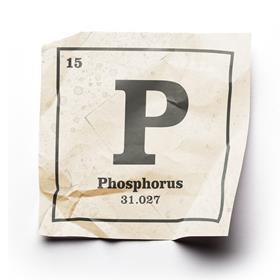
Prior to this, in 2005, the definition of the kelvin acquired a footnote about isotopic compositions, too. It was then based on the triple point of water. ‘Well, what water?’ Meija laughs. ‘If you take heavy water [with extra neutrons], it’s not going to melt at the same temperature as the normal water! Almost every SI unit has been affected at one point or another through better isotope measurements. It’s a little, pesky thing, but if you want to get high precision, you have to worry about the isotopic structure of matter.’
These aren’t small concerns. ‘In radiochemistry and nuclear science, you need to know the isotopic composition accurately to understand nuclear reactions and decay rates,’ Liddle says. ‘In turn, that impacts assessing radiation hazards, dating materials, and having insight into fundamental natural processes such as element formation or the movement of radioactive materials in the environment.’
Mass hysteria
Given the importance of the Commission’s decisions, it’s unsurprising that their work is meticulous. It meets regularly, looking at the latest measurements on elements. ‘The biggest change we had was the transition from chemical measurements to physical measurements,’ says Irrgeher. ‘That was the advent of mass spectroscopy in the 1930s and 1940s. We’re still using the same sources now. But we’ve had changes to electronics, more sensitive detectors, higher dynamic ranges. This allows us to be more precise and remove uncertainty. And these are the two most significant factors that could lead to a potential change of the atomic weight.’
Just because a measurement is old, doesn’t mean it’s wrong
Johanna Irrgeher, University of Leoben, Austria
The Commission doesn’t just take the latest measurements; like all science, it looks at the wider context of research before making an adjustment. ‘Most isotopic measurements aren’t done to revise the periodic table,’ Meija says. ‘They’re done for environmental science, or geology, which isn’t always relevant for us. We have a lot of papers to sift through to actually get the measurements of interest to us.’
This means that less investigated elements, such as tellurium, might not be as updated as regularly. ‘That’s not to say there are no recent measurements of tellurium,’ Meija adds. ‘It’s just that the number on the periodic table hasn’t benefited from them.’ Right now, tellurium remains the only element on the periodic table that has an atomic weight still based on old-school wet chemistry measurements.
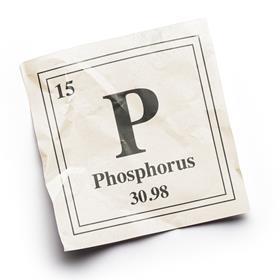
‘Just because a measurement is old, doesn’t mean it’s wrong or bad,’ Irrgeher adds. ‘We still have some elements where we rely on measurements that date back a few decades. They’re fabulous. You wonder how people were able to do such precise and accurate measurements at the time. Whenever new data come up, we check how well it lines up with historical data. It’s surprising how often it lines up with work from the 1950s or earlier. One of the latest changes was to the weight of zirconium, and we were still using data from the 1960s.’
Once some new data have been identified, the commission then has to decide how much emphasis to put on the new data, weighing its precision, methodology and results against the body of evidence from previous work. ‘We have 13 rules,’ Meija says. ‘Almost like 13 commandments. They’re things like whatever rule you apply to one element, should apply to all elements – you can’t just make one rule for lithium and one for boron because it’s your favourite. The most common-sense rule is that whatever we do, it has to be data that has come from peer-reviewed publications.’
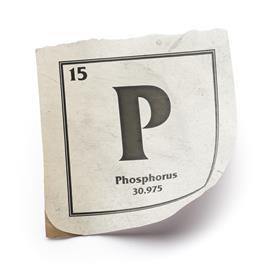
This does not stop the commission’s members being contacted regularly with some interesting interpretations from enthusiasts around the world. ‘We often get things such as uranium being on the wrong spot in the table as part of a government conspiracy,’ Meija sighs. ‘Or new periodic tables that have holes in the middle for elements that haven’t been discovered.’
Enigmatic variations
One of the commission’s 13 rules is that elements are only updated when there is compelling evidence for change. But even if the data suggest an adjustment is required, this isn’t always straightforward. Often, rival groups will come up with conflicting values for a new weight, and the commission has to reach a consensus on what the new value will be.
‘We have to take a decision on how many significant digits, and how much uncertainty there is,’ Irrgeher explains. The commission also doesn’t try to reflect all possible isotopes of an element, meaning that rarer synthesised species are discounted, as they would artificially expand a range. ‘We take into account how likely it is that, with 99% of the materials you have in your lab, the standard atomic weight is suitable to work with.’
This practical aspect means some elements can end up with footnotes or even standard ranges; for example, lead has two different official atomic weights – 206.14 and 207.94. This is because its three heaviest stable isotopes are all end-products of radioactive decay, and the isotopic composition can be radically different from sample to sample, depending on the source. These natural variations in samples are being increasingly reported, meaning the committee has to look at the data, and consider whether it’s relevant. ‘It’s a hell of a lot of work,’ Irrgeher adds. ‘But we had an expert on the commission; one member compiled more than 5000 publications on lead isotopes to work out the variations.’
Once the complete measurement range has been decided, the commission’s work isn’t over. It still has to take all of the nuances and condense it into a number that works. ‘You can’t just take the mid-value, because you’ll get an atomic weight that doesn’t exist in any material in the world,’ Irrgeher says. ‘For example, lithium and boron have two peaks [of isotopes], but hardly any material in the middle of the range. There are now elements [such as technetium] that don’t have a standard atomic weight listed, simply because we work with individual isotopes of technetium.’
The type of work being done with an element also impacts the level of detail the commission provides. Heavy metals such as molybdenum, zirconium and lutetium all have very small isotopic variations in nature, so can have very precise atomic weights for them. ‘Recent publications have tended to focus on heavy metals used for isotope work,’ Irrgeher adds. ‘These have only been measured successfully in the past 15 years, simply because instrumentation became better, and we can be more precise in what we measure.’
Given the amount of research now being conducted around the world, there is no shortage of papers for the commission to analyse and consider, meaning it’s unlikely the periodic table will ever reach a state where it’s finished. ‘There’s so much being published at the moment,’ Irrgeher says, ‘there will certainly be changes on a constant basis. Until forever, I would say.’
And for those who still don’t think the periodic table is detailed enough? ‘In the end,’ Irrgeher smiles, ‘if you need it super-precise and super-accurate, then you can always measure the atomic weight in your material yourself, can’t you?’
Kit Chapman is a science writer based in Edinburgh, UK
References
[1]All images of element tiles are © Carl Godfrey

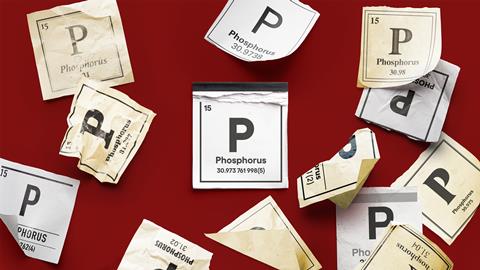

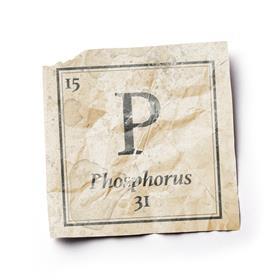
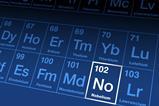
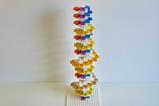
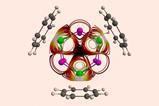
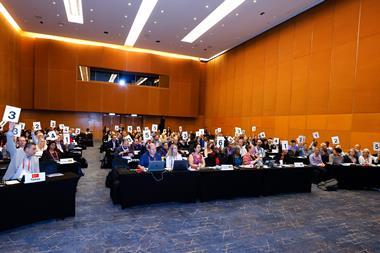
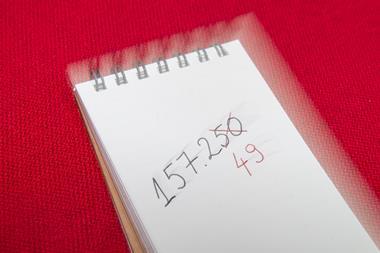

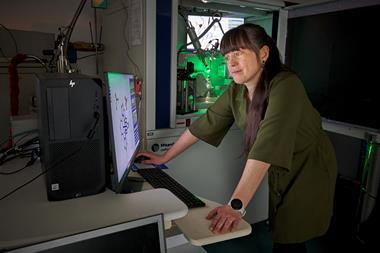
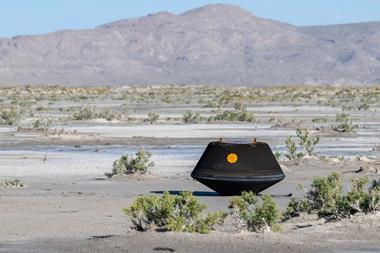





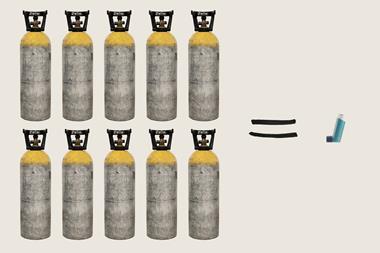

No comments yet